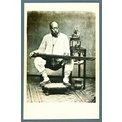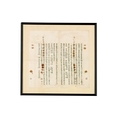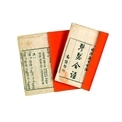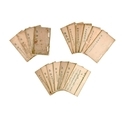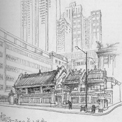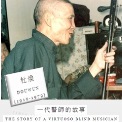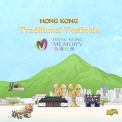-
History & Society
- Education in Pre-war Hong Kong
- History of Taikoo Sugar Refinery
- Hong Kong Products Exhibition
- Local Festivals Around the Year
- Post-war Industries
- Pre-war Industry
- The Hong Kong Jockey Club Archives
- Tin Hau Festival
- Memories We Share: Hong Kong in the 1960s and 1970s
- History in Miniature: The 150th Anniversary of Stamp Issuance in Hong Kong
- A Partnership with the People: KAAA and Post-war Agricultural Hong Kong
- The Oral Legacies (I) - Intangible Cultural Heritage of Hong Kong
- Hong Kong Currency
- Hong Kong, Benevolent City: Tung Wah and the Growth of Chinese Communities
- The Oral Legacies Series II: the Representative List of the Intangible Cultural Heritage of Hong Kong
- Braving the Storm: Hong Kong under Japanese Occupation
- A Century of Fashion: Hong Kong Cheongsam Story
Geography & EnvironmentArt & Culture- Calendar Posters of Kwan Wai-nung
- Festival of Hong Kong
- Ho Sau: Poetic Photography of Daily Life
- Hong Kong Cemetery
- Sketches by Kong Kai-ming
- The Culture of Bamboo Scaffolding
- The Legend of Silk and Wood: A Hong Kong Qin Story
- Journeys of Leung Ping Kwan
- From Soya Bean Milk To Pu'er Tea
- Applauding Hong Kong Pop Legend: Roman Tam
- 他 FASHION 傳奇 EDDIE LAU 她 IMAGE 百變 劉培基
- A Eulogy of Hong Kong Landscape in Painting: The Art of Huang Bore
- Imprint of the Heart: Artistic Journey of Huang Xinbo
- Porcelain and Painting
- A Voice for the Ages, a Master of his Art – A Tribute to Lam Kar Sing
- Memories of Renowned Lyricist: Richard Lam Chun Keung's Manuscripts
- Seal Carving in Lingnan
- Literary Giant - Jin Yong and Louis Cha
Communication & Media- Hong Kong Historical Postcards
- Shaw Brothers’ Movies
- Transcending Space and Time – Early Cinematic Experience of Hong Kong
- Remembrance of the Avant-Garde: Archival Camera Collection
- Down Memory Lane: Movie Theatres of the Olden Days
- 90 Years of Public Service Broadcasting in Hong Kong
- Multifarious Arrays of Weaponry in Hong Kong Cinema
-
History & SocietyGeography & EnvironmentArt & Culture
-
View Oral History RecordsFeatured StoriesAbout Hong Kong Voices
-
Hong Kong MemoryThe Legend of Silk and Wood: A Hong Kong Qin StoryRecently Visited
Family Teaching
The Yungs began their qin studies with Qing Rui (1816-1875), a Manchu of the Bordered White Banner (Xiangbaiqi) division. The family’s native home was in Heilongjiang. The third-generation successor, Yung Sum-yin moved to Hong Kong in the 1950s. The family has practiced qin for nearly 200 years with the sixth generation currently acting as the holders and practitioners of this family legacy.
The Succession of Qin Studies in the Yung Family – A Diagram of Qin Players in the Family
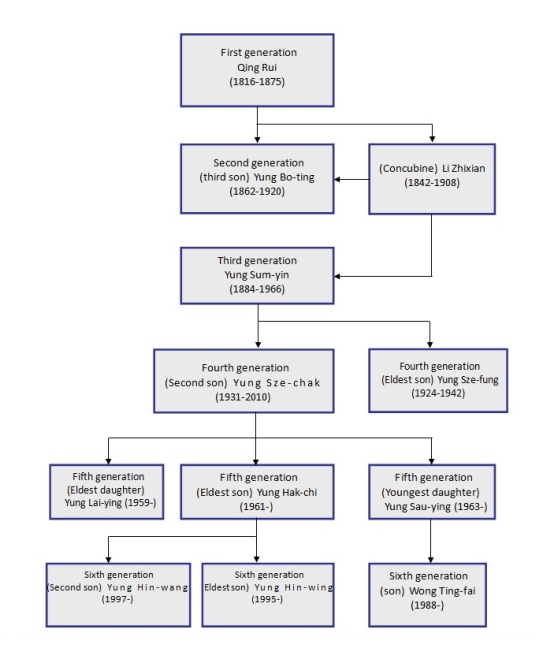
All Yungs begin to learn the qin from a young age. The art has been basically taught through demonstration without the use of scores. The instructor first plays a verse a couple of times, during which the student listens attentively while remembering the fingering, the rhythm and the hui (marker) positions by heart. The student next tries to simulate what has just been heard. Industrious practice help the student master the use of basic fingering techniques and the treatment of melody and rhythm. This helps the student understand the rhythms hidden in the piece when later reading the heirloom manuscripts, and to easily express them through playing. The Yungs begin listening to qin music from a young age and therefore are very familiar with the rhythm of the pieces, which helps them with their fingering. Since they are taught at home, their fingering techniques can be rectified immediately. Learning the qin from a young age also allows the student to be exposed to and trained in the basics from early on.
The heirloom manuscripts of Yungs have been handed down by Qing Rui, Li Zhixian (second wife of Qing Rui), Yung Sum-yin, and Yung Sze-chak. The manuscripts have included pieces such as the Saishang Hong (Wild Geese on the Frontier), Pingsha Luoyan (Wild Geese Landing on Sand), Shuixian (Water Inspiration), Yandu Hengyang (Wild Geese flying over Hengyang), Pu’an Zhou (Incantation of the Buddhist Pu’an), and Luming Cao (Deer Call). The Yungs’ style is one of a kind. Most of the pieces they play are free rhythm ones, using unique fingering, with lots of “yin” and “huan”, such that the piece can be played as if it would linger on forever. Their playing is particularly expressive of loneliness and lament.
Photos
Copyright © 2012 Hong Kong Memory. All rights reserved.






